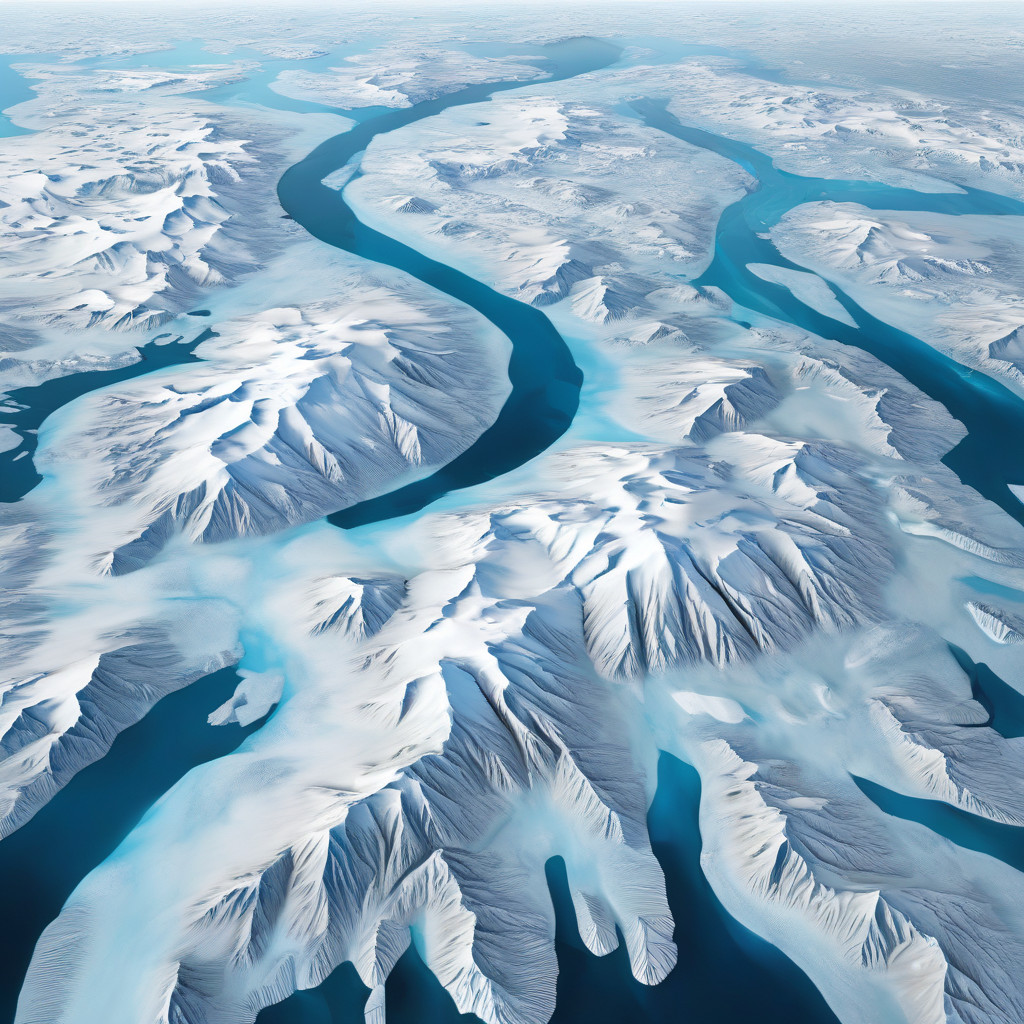A Closer Look: Decrease in Arctic Pressure Ridges Revealed by Detailed Aerial Data
The Arctic region is undergoing significant changes, with multiyear ice melting at an alarming rate. This phenomenon has led to a noticeable decrease in the frequency and size of Arctic pressure ridges, according to detailed aerial data.
Recent findings have highlighted the impact of climate change on the Arctic environment. The reduction in pressure ridges, which are caused by the compression and deformation of ice in response to external forces, serves as a visible indicator of the shifting landscape in the region.
Aerial surveys have provided researchers with valuable insights into the transformation occurring in the Arctic. By capturing high-resolution images and data from above, scientists can observe and analyze the changes taking place on the ice surface with unprecedented detail.
The diminishing presence of pressure ridges is a clear sign of the ongoing ice loss in the Arctic. These features play a crucial role in the structural integrity of the ice pack, acting as natural barriers that help stabilize the surrounding ice formations. As pressure ridges decline, the overall stability and resilience of the Arctic ice cover are compromised.
The implications of this trend extend beyond the Arctic region. The melting of multiyear ice and the reduction of pressure ridges contribute to rising sea levels and have far-reaching consequences for global climate patterns. Understanding these changes is essential for predicting future environmental shifts and implementing effective mitigation strategies.
Innovative technologies, such as aerial drones and satellite imaging, have revolutionized the way we study and monitor the Arctic environment. These tools enable scientists to collect data across vast and remote areas, providing a comprehensive view of the changes occurring in real time.
As we continue to witness the decline of Arctic pressure ridges, it becomes increasingly clear that urgent action is needed to address the underlying causes of climate change. By leveraging advanced technologies and conducting in-depth research, we can gain a deeper understanding of the challenges facing the Arctic and work towards sustainable solutions for the future.
The decrease in Arctic pressure ridges serves as a poignant reminder of the profound impact of human activities on our planet’s delicate ecosystems. As we strive to protect and preserve the Arctic environment, it is essential to prioritize conservation efforts and promote environmentally conscious practices on a global scale.
As we confront the reality of a changing Arctic landscape, it is crucial to act decisively and collaboratively to safeguard the future of this unique and fragile region. By heeding the insights provided by detailed aerial data and embracing a proactive approach to environmental stewardship, we can strive towards a more sustainable and resilient future for the Arctic and beyond.
#Arctic, #PressureRidges, #ClimateChange, #AerialData, #EnvironmentalStewardship












